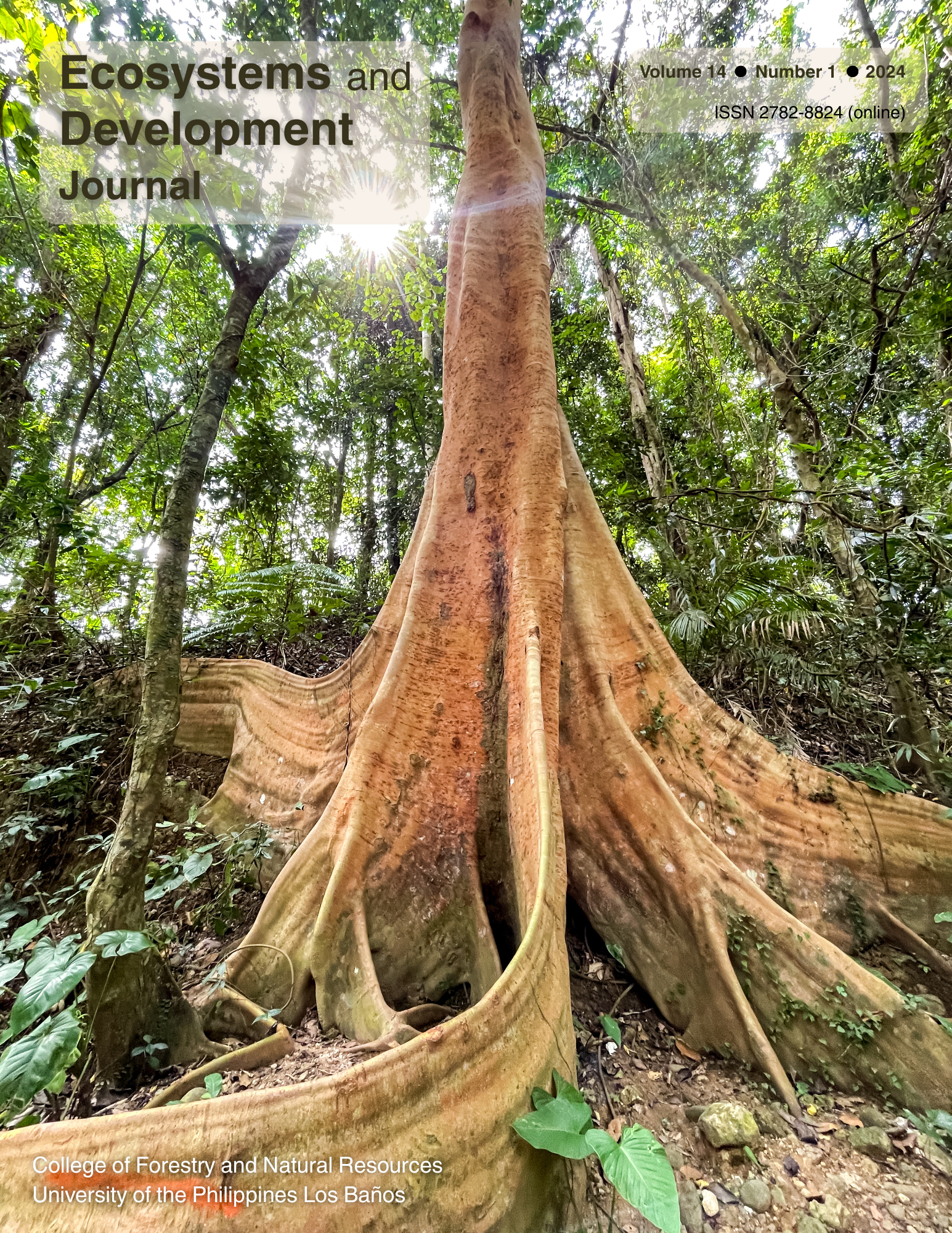The link between electricity prices and carbon emissions: Exploring the urban-rural energy demand in the Philippines
Abstract
Transitioning to cleaner energy may cause some volatility in electricity prices. This price volatility prompts households to consider alternative fuels like LPG, kerosene, charcoal, and fuelwood alongside electricity, especially when the price of electricity increases. With varying carbon intensity of each type of fuel households use, changes in household fuel composition may affect carbon emissions. This study seeks to answer how changes in residential electricity prices influence carbon emissions from energy consumption in urban and rural households. Through analyzing cross-price elasticities, this study aims to uncover how electricity price changes impact households' carbon emissions from energy use by looking at the price elasticities. The results showed that the estimated price-elasticities from the QUAIDS model reveal that amidst price volatility, rural households would still be more dependent on using the least CO2 -intensive energy alternative and more exposed to indoor pollution from burning fuelwood. Results also showed that compared to rural households, urban households are more consistent in contributing to higher CO2 emissions amidst the possible electricity price changes. Although the price responsiveness is generally inelastic, summing up the contribution of each household would have a considerable effect on a national level.


